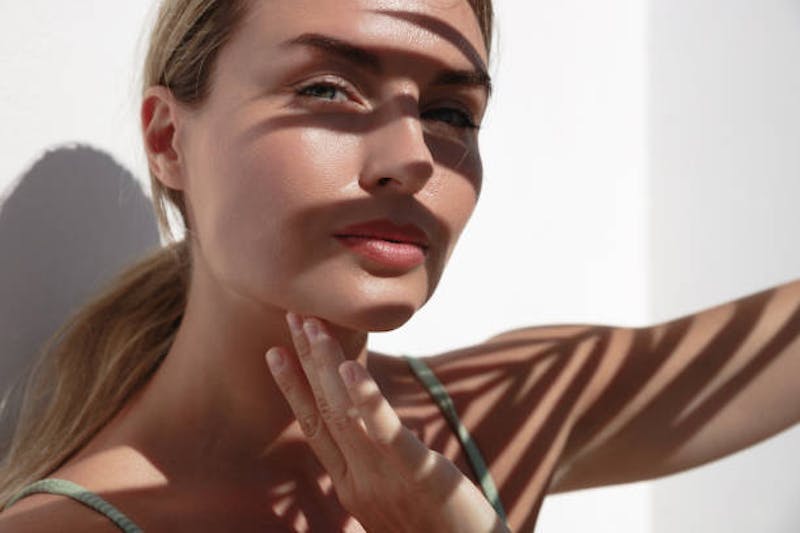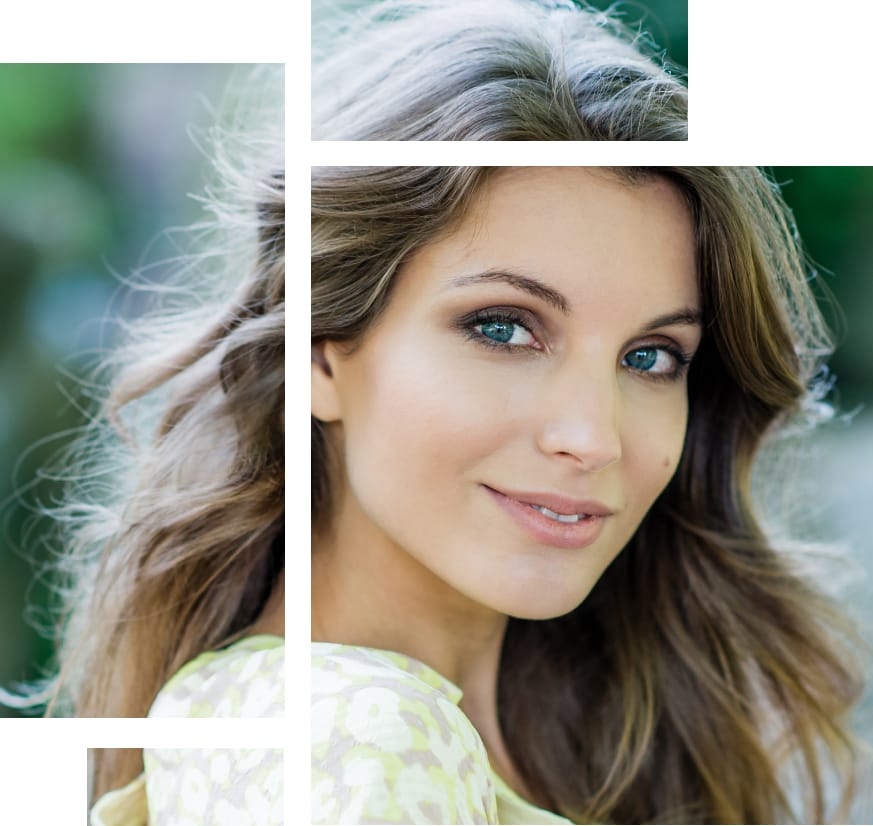
Rhinoplasty is a popular procedure that can balance and refine the nasal shape while also alleviating poor breathing. Both cosmetic and functional nose surgery can restore confidence and peace of mind; however, there are some key differences between the two procedures that you should be aware of.
In this blog, Dr. Daniel I. Shapiro, MD, FACS, a board-certified facial expert in Scottsdale and Paradise Valley, Arizona, examines the similarities and differences between functional and cosmetic nose surgery so you can gain a better understanding of which option might be right for you.
What Is Rhinoplasty?
Rhinoplasty is a broad term that encompasses several different kinds of nose surgeries, including functional, cosmetic, revisional, male, female, ethnic, etc. Many times, more than one rhinoplasty type will be combined to produce the best possible results. The most common pairing is cosmetic and functional rhinoplasty, which allows the surgeon to optimize the cosmetic appearance of the nose while simultaneously refining the inner nasal structures to support better breathing and boost overall quality of life.
Understanding Functional Rhinoplasty
Functional rhinoplasty has no cosmetic component and solely focuses on addressing issues related to poor breathing. It refines the intranasal structures, clearing away obstructions that interfere with comfort, sleep, and the everyday functioning of the nose. Surgical techniques may include septoplasty, tubinoplasty, and nasal valve repair, among others.
Functional rhinoplasty is performed to address the following concerns:
- Chronic nasal congestion
- Poor breathing
- Sinus infections and headaches
- Recurring nosebleeds
- Nasal drip
- Sleep apnea
- Snoring
- Impaired sense of smell
- A deviated septum
- Nasal valve collapse
- Enlarged turbinates
- Nasal polyps
- Congenital abnormalities
- Changes in the nose due to accidents or injuries
Exploring Cosmetic Rhinoplasty
In contrast to functional nose surgery, cosmetic rhinoplasty focuses on improving the aesthetic appearance of the nose to boost the patient’s confidence and create a more positive self-image. Specialized techniques, such as tip plasty, osteotomy, and cartilage/bone grafting may be employed to create the most balanced and flattering final results.
Cosmetic rhinoplasty can address the following key concerns:
- An elongated, drooping, bulbous, or pinched nasal tip
- An overly prominent dorsal hump
- A nasal bridge that is too flat
- An overly wide or long nose
- Flared nostrils
- A nose that doesn’t suit the patient’s face
- Asymmetry
Key Differences Between Functional and Cosmetic Nose Surgery
Functional and cosmetic rhinoplasty differ in a number of ways, and understanding how they diverge can help you to make more informed choices for your care. Key differences include the following:
-
Goals
- Functional rhinoplasty is performed to correct structural issues and restore proper breathing. It can help patients enjoy a higher quality of life, increased comfort, and better sleep. Conditions such as a deviated septum, enlarged turbinates, nasal polyps, nasal valve collapse, congenital irregularities, or injuries/trauma can all be well-addressed with functional rhinoplasty. Cosmetic nose surgery, on the other hand, focuses on external problems, such as a prominent nasal hump, tip abnormalities, flared nostrils, or a nose that is too large for the face. The surgery restores symmetry and aesthetic balance, enhancing self-confidence and peace of mind.
-
Surgical Techniques
- Functional rhinoplasty employs cutting-edge techniques, such as septoplasty, turbinoplasty, nasal valve repair, and more to open the airways and restore the natural flow of unobstructed breathing. With cosmetic rhinoplasty, the surgeon may perform osteotomy (cutting of the bone,) cartilage and bone grafting, and tip plasty to create a more attractive and proportionate nose.
-
Recovery
- Healing time after functional rhinoplasty can take up to a month, although patients will be able to resume normal activities (except for strenuous exercise) within a few weeks. Breathing improvement happens quickly, providing patients with optimal relief from discomfort and sleep deprivation. With cosmetic rhinoplasty, the healing process may take more time. Some degree of residual swelling may obscure results for 6-12 months. However, with every passing week of healing, patients typically feel better about their appearance and enjoy heightened self-confidence, both professionally and socially.
-
Risks
- Risks for both functional and cosmetic rhinoplasty include swelling, bruising, bleeding, infection, asymmetry, poor scarring, nasal septum perforation, anesthesia risks, and pain. In either case, there is also the risk that the procedure may not meet the patient’s expectations or that a revision might be indicated.
Selecting the Right Nose Surgeon
Whether you are undergoing functional or cosmetic rhinoplasty, it is critical that you select a qualified, experienced surgeon who has your best interests in mind. To best assess each provider, you should investigate their education, board certifications, specialized techniques, awards, length of time in practice, patient testimonials, and before-and-after photographs.
Additionally, you should meet with your potential provider in person to determine whether working together is a good fit. You will want to evaluate your surgeon's demeanor and make sure that he or she understands your unique goals for the procedure. With proper due diligence, patience, and research, you can find your ideal provider who checks off all your boxes and with whom you feel you can achieve your best results.
What Is the Takeaway?
Both functional and cosmetic rhinoplasty can be life-changing procedures that restore confidence and peace of mind. However, they differ in terms of their goals, the techniques utilized, recovery time, and risks.
Functional rhinoplasty focuses on alleviating breathing problems that compromise comfort, sleep, and well-being, while cosmetic rhinoplasty tackles aesthetic issues in the nasal tip, bridge, and nostrils. The two surgeries can be combined to maximize results and provide patients with both inner and outer harmony.
The best way to determine the right procedure for you is to sit down with a qualified, experienced provider who will answer all of your questions and take all the time necessary to empower you with the information you need to make the best decisions for your care.
Interested in Rhinoplasty in Scottsdale? Contact Shapiro Plastic Surgery Today to Book a Private Consultation!
Dr. Daniel I. Shapiro, MD, FACS, is an accomplished facial surgeon who has over 30 years of expertise and has been recognized by Newsweek Magazine as one of the country's Top 100 Plastic Surgeons. Utilizing today’s most advanced rhinoplasty techniques, he empowers patients to look and feel their best, producing nuanced, natural-looking outcomes that heighten confidence and peace of mind. If you have questions about functional or cosmetic rhinoplasty in Arizona, reach out to our caring team today by calling (480) 908-9275 or filling out our online form.


